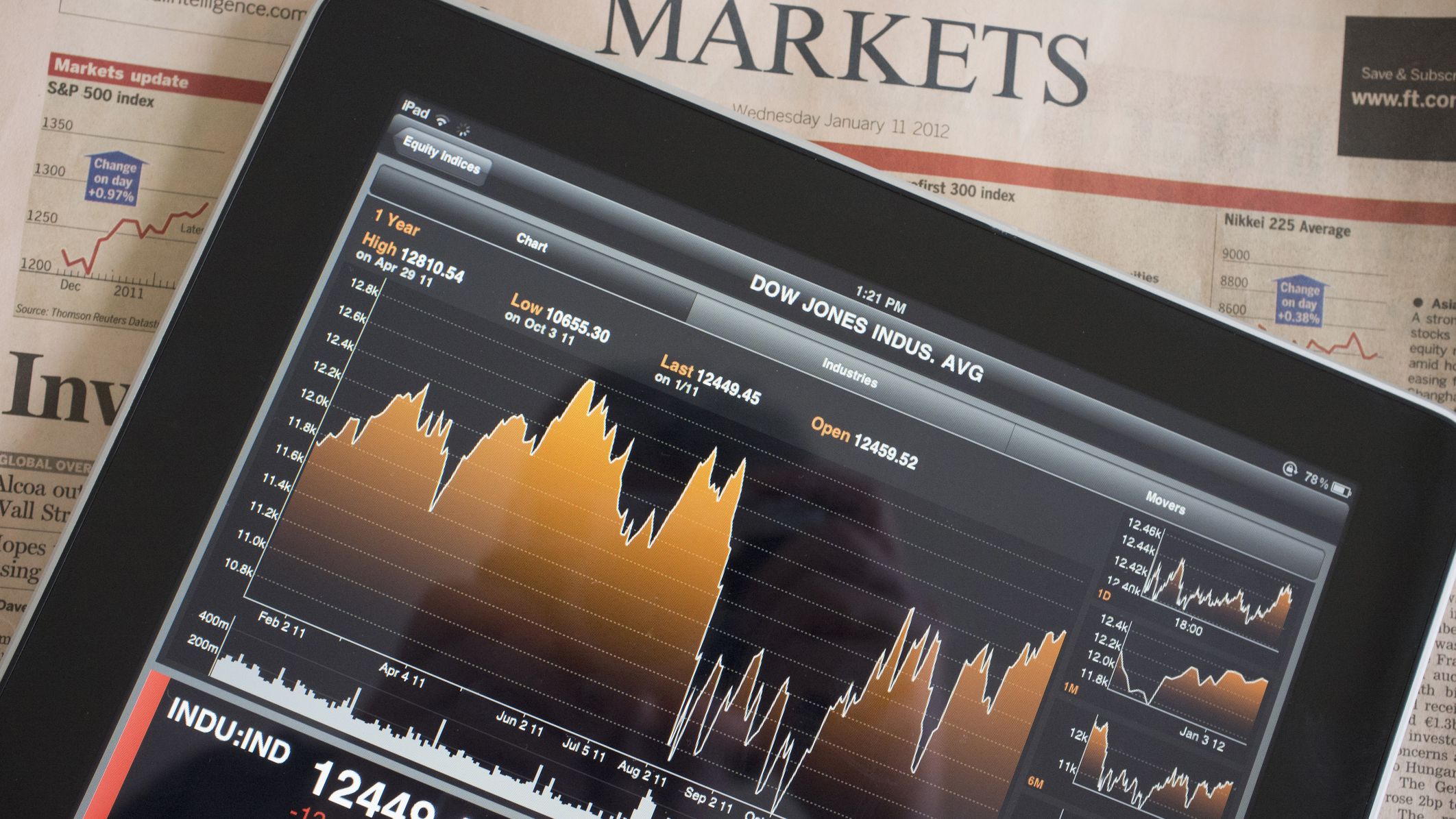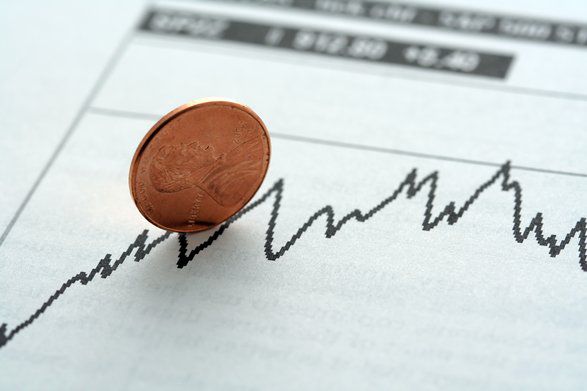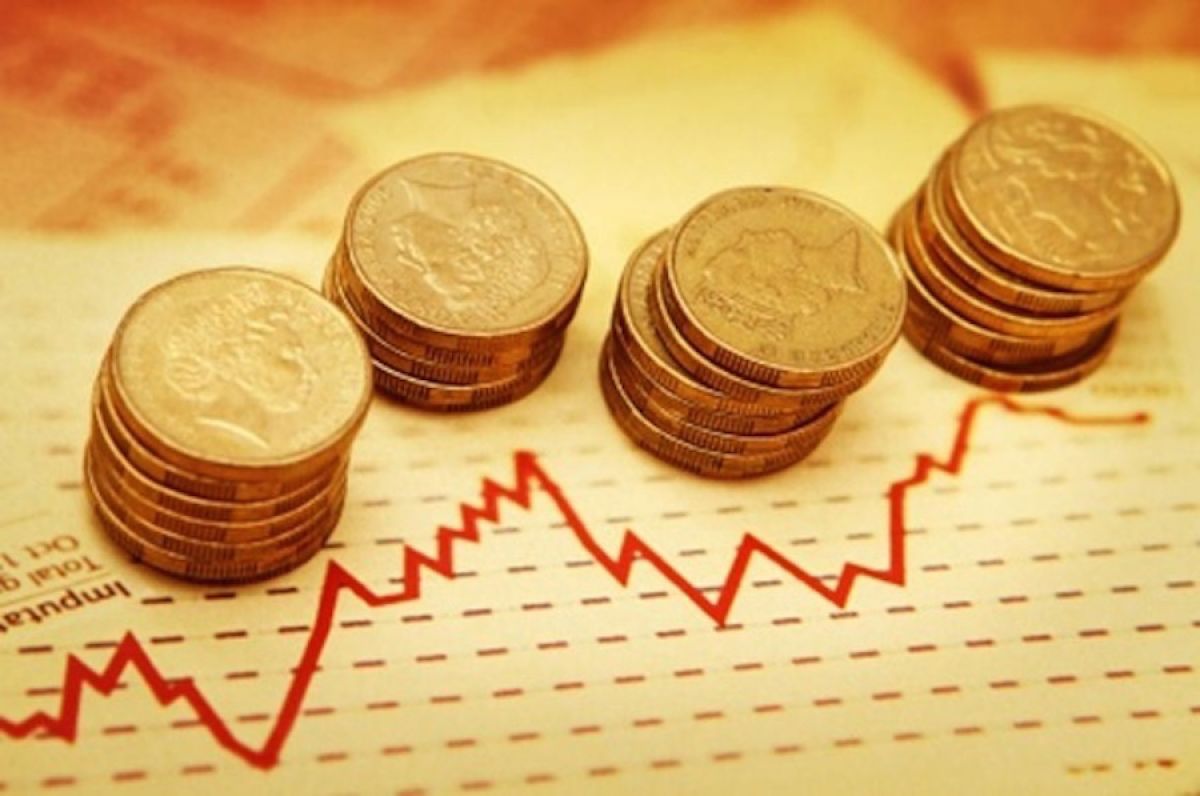Why you should invest in the stock market? Simple, financial freedom. What other investment form can you start off with $500 and possibly turn it in to millions. It’s a story you heard of 1000’s of times before.
You don’t have to open a corporation, have accounts and spend $1000 of dollars to open a store front, no products to buy, no employees to hire. You simple open an account with an Investment broker and you’re on your way. But what stocks to buy? First, knowledge is power, read, read & read. There are so many investment books out there to choose from. I would say three books on learning growth stocks, three on learning earnings reports and three on learning charting. The reason I suggest three books is that it will give you a few different views in each area and from the three of them you’ll be able to put your own winning strategies together.
After you read all the books you may find that you excel in one of them better then the others, for me it was the charting. It was like wow I can see it. What a turn on to look at a chart and say this company is going up or down in just a couple of minutes. It’s a feeling I would like all of you to have and once that happened for me I went out and got as many books on charting as I could find.
I have a friend who can read an earnings report as well as I can read charts. It’s amazing to see him work as he runs through the numbers like a machine. I came to the conclusion that everyone has their own strengths and weakness’. So after you read all the books, whichever one turns you on the most, consider on buying as many books as you can (or go to the library). I love the market and I hope you will to.

The DOW Takes Another Beating
After last week’s 512 point loss on Thursday, it was able to gain back 70 points on Friday. Standard and Poors released a report Friday night as to downgrading the United States credit rating from it’s traditional “AAA” rating down to “AA” rating with a negative outlook. S&P stated that they feel that the politicians in Washington DC have shown their incompetence towards working together and saving the deficit from getting worse. Over the weekend, S&P’s remarks about if the federal government doesn’t get a grip on it’s fiscal irresponsibility, they (S&P) may feel to lower the credit rating again within the next two years.
After all the weekend news and the lack of President Obama coming out to speak about the report, Wall Street and investors alike realize that the economy recovery that Obama has been talking about for the last two years is nothing but a charade. The DOW took an even bigger plunge today falling 632 points after it was all said and done. The DOW closed at 10,809, down 5.55% just for today’s trading period. Since July 21, just two weeks ago, the DOW has lost nearly 16%. A drop like this hasn’t been seen since the recession started almost three years ago. NASDAQ has lost over 6% just today alone and the S&P 500 shaved off 6.66%.
I’ve been talking about this day coming for almost a year. Yes there have been some great moves in the stock markets over that time, but unless you took all your money out of the markets two weeks ago, you lost all that was made during that time. There are many that think that they’re not involved in the stock market, but as they will find out soon enough, what happened on Wall Street these past two weeks has caused many people a major portion of their retirement fund and/or their pension. trillions of dollars of wealth have been lost in just a short period of time and with the actions of our politicians, who really knows how long this crap is going to go on. Japan went through the same thing almost twenty years ago and they’re just coming out of it now. The sad part about that is the fact that Japan is small when compared to the value and size of the United States of America.
We will have people, many of them part of the baby-boomer generation wanting to retire and not being able to cause to the damage to their retirement accounts. they will (in many cases) have to continue working a few more years to make up for the losses they’ve been dealt in these past few years. In turn it will make it harder for the younger generation to find employment, especially since the economy is so bad, that it will keep the unemployment rate somewhat in the same range it’s been in since Obama has been in office.
For those of you that are wondering what to do, if you’re young, keep doing what you’ve been doing as to putting money into your 401K and retirement funds. If you are within retirement age (15 yrs or less), I wish I had all the answers. Each person’s life is different and their needs during the later years differs from one to another. For the next two years (at least) I recommend buying into commodities. The U.S. dollar is going to continue to lose value as the Federal Reserve tries to save the economy with another round of quantitative easing (QE3). Gold and silver are the best hedge when face with these types of economic woes.
Gold Climbs Above $1600
Only three weeks ago I spoke about the price of gold falling below $1500 per ounce. What I said was if the economic woes continue even with all the hype of how our economy is improving, I expect gold prices to keep climbing. I also said that I don’t trust any government at this time.
Today gold prices climbed above $1600 after eleven straight days of climbing because of fears of the federal government will not be able to raise the debt ceiling. The precious metal hit an all time record high against the Euro and sterling. Gold has been strong ever since Europe has been trying to bail out Greece for the second time and to avoid the European debt crisis. Add to the fact that the Obama Administration and Congress have been unsuccessful in coming to an agreement to raising the debt ceiling.
If you didn’t think it could climb any higher, I would seriously take a look at the technical charts which seem to point to gold moving above $1700 as soon as this fall and many think a move to over $2000 per ounce isn’t too far fetched as it once was.
When you think about adjusting for inflation, gold is still not as high as it could be in relation to the price in 1980 near the end of the Carter Administration. As I said three weeks ago, I don’t have faith in the federal government to do the right thing and lower the spending and not to raise the debt ceiling. With that in mind, I still think that gold is a great investment at this point. I feel it will remain high until after next year’s election. If for some reason the government can put some sort of plan in motion to reduce the deficit, gold will take a plunge and a big one at that.
In the meantime, silver has also done well over the last three weeks when it closed at $33.59. It closed today at $40.27, topping the $40 mark for the first time since May. Silver has climbed more than 15% in just the last two weeks.





















